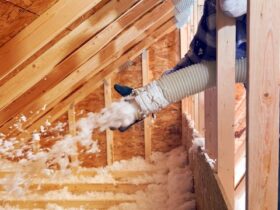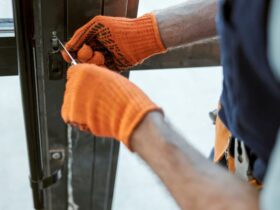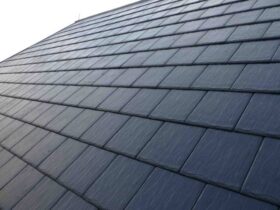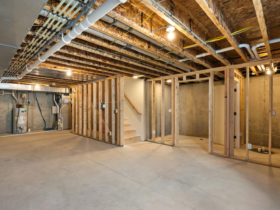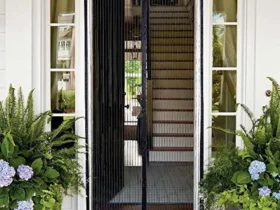Introduction –
An in-ground pool is a water-filled brandishing or sort out contraption manufactured everlastingly into the ground with the top sitting flush with the yard. It is similarly a more enduring arrangement part in your scene than an over the ground pool. While picking an in-ground pool, you’ll have a choice of four fundamental kinds of materials including concrete mixes, fiberglass, and vinyl. Every sort of material has potential gains and disadvantages that you’ll have to consider before picking a pool. Under, we’ll isolate the intricate details of each kind of in-ground pool and the components you should consider while picking which material is best for yourself as well as your yard.
In-Ground Pools That Are Dependable –
Made of steel-supported concrete that approaches a shell, concrete and mortar are the most broadly perceived in-ground pool-building materials and were the underlying ones used when confidential pools turned out to be notable. To know more, check about pool installation st louis, here on the web. The clarification: Concrete is strong and porous, which allows the mortar covered shell to hold water, give consistent quality, and be replastered while required, adding to its life expectancy and strength. Regardless of the way that concrete has a higher direct front cost (instead of vinyl, for example), it is seen as the most cost very much arranged decision long stretch as it will in general be kept up with for quite a while and likely will not at any point should be exchanged if fittingly cantered around.
Mystery of the Pools –
After an opening has been unearthed in a yard, the sides and lower some portions of the opening are fixed or framed with rebar (steel posts). These can be etched into practically any shape conceivable (from square shapes and hearts to guitars), close by adding steps, slants, and various features. After the rebar is arranged, the pool shell is made by splashing a get done with utilizing shotcrete or gunite, a mix of sand, concrete, and water that is showered onto a surface utilizing a hose. At the point when the concrete material is feeling much better, it’s done off with mortar (a mix of concrete and marble dust), which may similarly incorporate shaded quartz for feel. Mortar makes the pool truly waterproof and is a basic stage meanwhile. This system helps a labourer for recruit in choosing the size and condition of a concrete pool. As a rule, a pool with present day twists shouldn’t cost anything more than the same size pool with a more standard, exact shape.
Concrete Pools –
Most intense, turning out to be more grounded for a really long time. Doesn’t disintegrate/oxidize and it is successfully movable. A portion of the negatives are that it requires a more extended establishment investment, can be costly to introduce and keep up with and higher support costs. Concrete pools similarly go comparably a base for various other notable pool gets done, similar to tile or stone. At the point when the concrete base of the pool is spread out and set, the pool is covered with a slight set mortar whereupon tile or stone can be set. The tile should set for at least 24 hours preceding getting done with a gathering that has been polymer stimulated to confront steady moistness and pool engineered compounds. Deciding on tile or stone for your pool is a just beautiful choice and doesn’t really have a lot of an irrefutable benefit to the life expectancy of your pool. Typically, these completions last between 8 to 12 years and can be difficult to fix or supersede, much of the time requiring the depleting of the pool and a specialist fix for even little chips or missing titles.
Conclusion –
It offers an exquisite plans and solid plans. Goes up against soddenness and pool engineered materials. A portion of the negatives are difficult to fix/displace tiles, stone with specialists expected for even little fixes. Requires definite substance balance to avoid extreme fixes.



